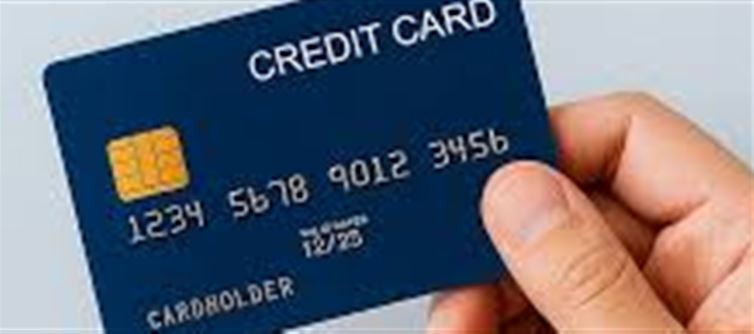
A credit card is more than just a tool for convenient spending—it’s also a reflection of your financial discipline and trustworthiness in the eyes of lenders. While most cardholders know that their credit card comes with a spending cap, very few understand the hidden details of how these limits work. Let’s uncover five important facts about credit card limits that many people don’t know.
1. Your Limit Isn’t Fixed Forever
Many assume that once the bank sets a credit limit, it remains unchanged. In reality, your limit can increase or decrease depending on your financial habits. If you pay bills on time and maintain a good credit score, banks may automatically raise your limit. On the other hand, frequent late payments or overutilization can lead to a lower limit.
2. High Utilization Hurts Your Credit Score
Using your entire credit limit every month signals financial stress to banks and credit bureaus. Ideally, you should use only 30-40% of your available limit. For example, if your card limit is ₹1,00,000, try not to spend more than ₹30,000–₹40,000. Keeping utilization low boosts your credit score and makes you more eligible for loans.
3. Temporary Limits Are Possible
Did you know you can request a temporary increase in your credit limit? Banks often allow this for special occasions like weddings, festivals, or travel. However, this comes with conditions—your repayment history should be strong, and you may need to provide income proof. It’s a convenient option if you need extra financial flexibility without applying for a new card.
4. Cash Withdrawals Don’t Count the Same Way
While your credit card allows cash withdrawals (within a certain percentage of your limit), this facility is costly. Interest starts accumulating immediately, unlike purchases that come with an interest-free grace period. Many people misuse this feature, not realizing that it can quickly create debt traps. Use it only in emergencies.
5. Shared Across Multiple Cards
If you hold multiple cards from the same bank, your credit limit might be shared across them. For example, if you have two cards with a combined limit of ₹1,50,000, spending ₹1,00,000 on one card leaves you with only ₹50,000 on the other. This is why keeping track of all your cards together is crucial to avoid overspending.
📌 Final Takeaway
Your credit card limit is more than just a spending ceiling—it’s a financial indicator that affects your creditworthiness, loan eligibility, and overall money management. By using it wisely, keeping utilization low, and understanding hidden rules, you can make your credit card work in your favor instead of against you.
Disclaimer:
The views and opinions expressed in this article are those of the author and do not necessarily reflect the official policy or position of any agency, organization, employer, or company. All information provided is for general informational purposes only. While every effort has been made to ensure accuracy, we make no representations or warranties of any kind, express or implied, about the completeness, reliability, or suitability of the information contained herein. Readers are advised to verify facts and seek professional advice where necessary. Any reliance placed on such information is strictly at the reader’s own risk.
.jpg)




 click and follow Indiaherald WhatsApp channel
click and follow Indiaherald WhatsApp channel